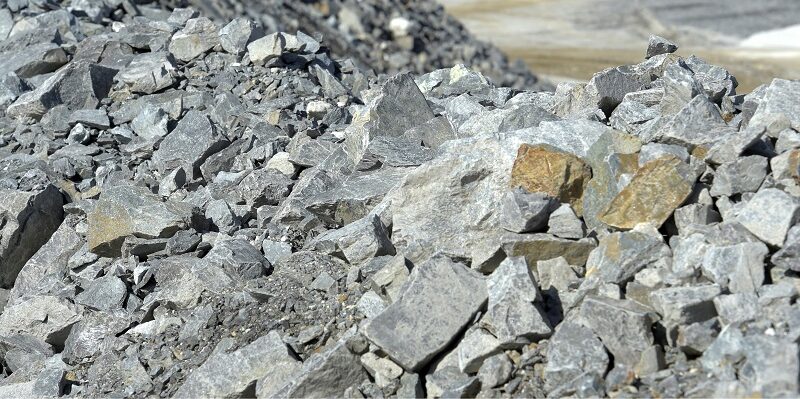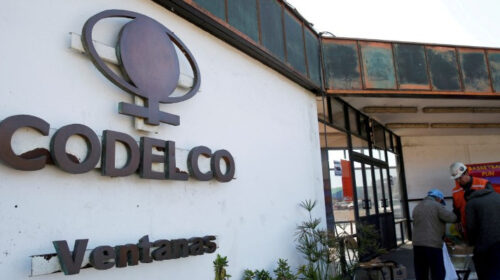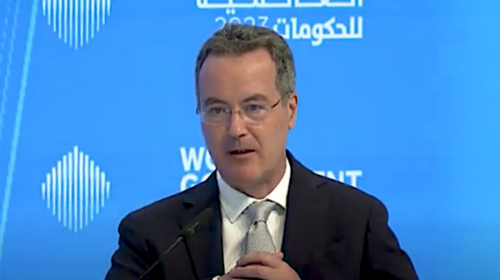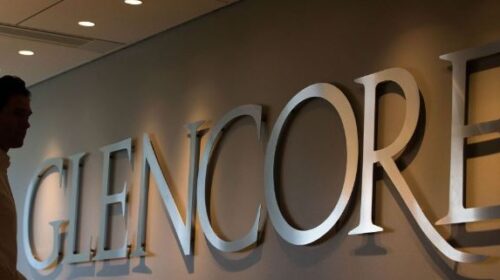Alternative Battery minerals gain favor
Due to the explosion of the battery mineral market, the hunt has been on to find and develop more affordable alternatives.
In the past decade there has been a massive global shift towards the utilisation of batteries in an increasingly wide range of applications.
The most notable has been in stored power packs from PV installations to rechargeable batteries for the Electric Vehicle (EV) market that is increasingly putting higher demands on the delivery of critical minerals and metals.
This demand has led to some of these minerals and metals being used in geopolitical manipulation of markets and unpredictable fluctuation of prices.
China has been the major producer, importer and beneficiation centre for most of these battery minerals and metals, dominating the market. In the past four years China has however overplayed their position in the international market.
The response from specifically Western powers has been to seek supply security. The measures taken range from fast-tracking mining operations and the construction of beneficiation plants, to passing legislation that support the circular economy and urban mining efforts, such as the requirement to producers to ensure that metals can more effectively be recovered from devices being recycled.
There have also been steps taken to increase the volumes of recycled electronics to be collected and delivered to recycling plants.
The price of critical minerals and metals are however driven by demand too. The supply shortage and the long ramp-up periods required to bring new mines and processing plants into production has resulted in the prices remaining high.
This has led several high-volume producers to spent increasingly more time and funds on developing alternative that will both ease the bottleneck in supplies and at the same time drive down the cost of batteries.
Reduction of cobalt and lithium demand (Alternative battery minerals gain favour)
The London Metal Exchange cobalt price has slumped to a three-month average of USD34,180 per tonne in March 2023, compared with a four-year high of USD82,000/t in May 2022, with lows for cobalt prices are not far from the low USD26,000/t price average of 2019.
The slowing of EV sales growth and battery production, combined with the resulting pressured prices of cathodes in mainland China, is expected to place a cap on cobalt prices for the remainder of this year.
The subdued demand can be attributed to the elimination of subsidies offered to new buyers by the Chinese government since 2010.
Demand for cobalt in batteries within consumer electronics such as laptops and phones will remain low in light of the global economic slowdown the persists. It was noted that worldwide smartphone shipments declined by 9.7% year-on-year in the third quarter of 2022, to 301-million units.
In contrast to EVs, the demand for electronics is projected to recover and increase during the course of the year.
There is also a pivoting preference towards reduced cobalt or cobalt-free battery chemistries is likely, which will drive cobalt prices downward in the future.
Producers are increasingly producing lithium-iron-phosphate (LFP) batteries, which are cobalt-free, safer and less expensive. There is also a push to develop lithium sulphur cathodes, which will further decrease reliance on the Chinese market for supply.
A major driver has been concerns around ethical sourcing of cobalt in the DRC. The new hub for cobalt production is Indonesia, indicated to increase their global contribution from 5% to 20 by 2030.
Lithium has however not escaped the downturn either. Prices of lithium carbonate, the benchmark product, have halved between November 2022 and March 2023. Chinese automaker, Nio, indicated that it foresees lithium prices will quite likely drop to around 200 000 yuan or lower in Q4.
Lithium supply is suggested to be heading for a major increase this year as a wave of expansions and new projects go operational. However, it remains to be seen if these projects will produce as expected in the light of spodumene prices slumping too.
Alternative battery minerals (Alternative battery minerals gain favour)
Active development of battery packs that would use lithium-ion and sodium-ion cells, to supply to the EV market, is happening. Sodium is more abundant and offers potential safety benefits over lithium, it however does not have the same energy density, which at the moment means it will not be able to drive as far as a Li-ion battery pack installed EV.
Sodium-ion batteries can leverage the same manufacturing processes as the lithium-ion industry. This means a notably shorter Research and Development phase and using off-the-shelf equipment to manufacture.
The use of similar materials and components, including electrolytes and separators, to aluminum current collectors, suggests it could also benefit from the existing economies of scale.
At the moment, Na-ion batteries are more expensive than Li-ion batteries, due to low volumes and underdeveloped supply chains.
The main challenge that would need to be addressed is the lower energy density. This means any vehicle using an Na-ion battery would need heavier batteries for the same amount of kilowatt-hour capacity.
Na-ion batteries at the moment has 25% lower capacity compared to current LFP battery packs. The steep decrease in lithium prices may also impact on the cost benefits of the Na-ion battery packs.
The upside potential however is the potential for material savings and energy-density improvements, halving costs in future.
The major advantages to sodium-ion include a more geographically diverse distribution of raw materials. It is also non-flammable and perform well at low temperatures in contrast to Li-ion batteries.
A prototype has been developed by HiNa Battery Technologies and installed in the JAC Sehol E10X electric car, which has only sodium-ion cells. These cells use sodium-iron-manganese-copper cathodes and have an energy density of 140 watt-hour per kilogram.
The other metal that comes with an expensive price tag is the REE permanent magnets used in EVs. There has also been concerns around environmental and health risks.
China is also the dominant REE producer and in 2020 shocked the market by reducing the volumes of REE being produced and exported.
This led the market to seek alternatives to REE and reduce reliance on commodities that can be most susceptible to excessive price variations. China accounts for around two-thirds of REE mining and 85% of refining of the ore into permanent magnets for the market.
Development of alternative to permanent REE magnets have focused on the production of ferrite magnets, made of iron and mixed with barium and strontium, which both are more widely available globally and cheaper to produce. The downside is that the use of these magnets will come with a weight or efficiency penalty.
67 total views , 1 views today





